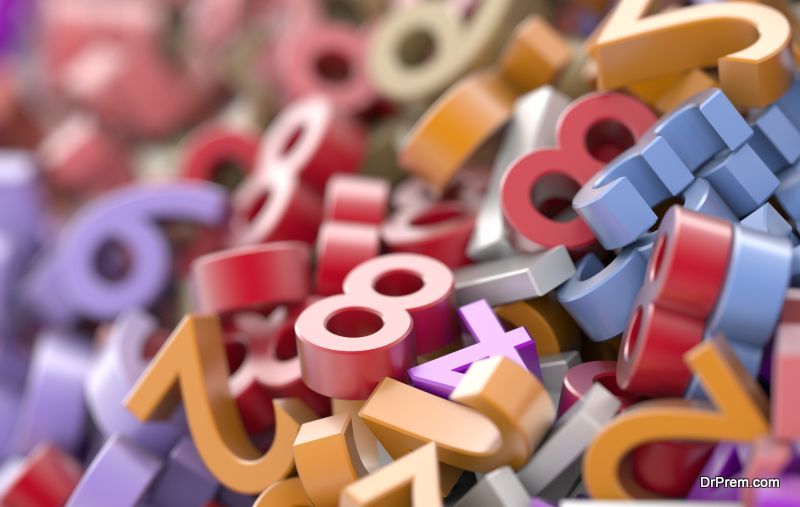Numbers are one of the most important discoveries that led to the creation and development of mathematics. Numbers are one of the things that must be understood in order to solve math problems. Every field of mathematics, whether it is basic mathematics, trigonometry, or calculus, requires numbers. Numbers are those things that humans must know in order to survive in our world. Children are taught numbers starting in pre-primary school and continuing through primary school. Students can study a wide range of numbers in mathematics, including co-prime numbers, prime numbers, composite numbers, and so on.
This article focuses on the various sorts of numbers that we study in mathematics, as well as their qualities.
Even Numbers
Even numbers are those that can be easily divided by two without leaving any remainder.
Odd Numbers
An odd number is a number that cannot be divided by two exactly, meaning that dividing it by two will result in a remainder.
Consecutive Numbers
Numbers that are in sequence one after another from the smallest to the greatest are known as consecutive numbers. Every two numbers in these numerals are usually different by one.
Integers
Integers include both whole numbers and negative numbers. The alphabet Z is used to define all numbers. Integers abound on a number line that we examine in mathematics. All the negative integers can be found on the left side, while the positive integers can be found on the right side, with zero in between.
Natural numbers
This collection of numbers is always greater than zero and is defined as a non-negative integer. The symbol N can also be used to represent natural numbers.
Whole Numbers
A whole number is a number that is devoid of any decimal or fractional parts. This implies that it is made up entirely of one component. The sign W is also used to represent these numerals.
Fractions
Fractions are numbers that are believed to be a fraction of a larger whole. They are communicated by numerals with two parts. The numerator is the number at the top of the equation, while the denominator is the number at the bottom.
Co-prime numbers
These are pairs of numbers that have no common factor other than 1. These numbers are referred to as co-prime numbers. In other terms, co-primes are a set of numbers or integers that have just 1 as a common factor, implying that their highest common factor (HCF) will be 1. These numbers are also known as mutually prime numbers.
Composite Numbers
Composite numbers are ones that have more than two factors, implying that they may be divided by number 1 and itself, as well as at least one more integer.
Prime Numbers
Prime numbers are ones that have only two factors: one and the number itself. In simple terms, a prime number is any whole number that is greater than one and has precisely two factors, one and itself.
Here are some of the tests which can be performed in order to find out whether the number is composite or prime.
If the number is completely divisible by more than two numbers, say 2, 3 or 5 then such types of numbers are classified under the category of composite numbers. For example, 16 is a composite number.
Whereas the numbers which are not divisible by any other numbers are classified under prime numbers say 3,5.
Here, we had discussed both the concerns of natural and composite numbers. The most basic thing that students must know is numbers. Kids will have no trouble understanding higher-level mathematics issues provided their principles are clear. If pupils find mathematics difficult to understand, they should seek assistance. They can checkout Cuemath as it aids students in comprehending concepts and resolving issues associated with them.
Article Submitted By Community Writer




